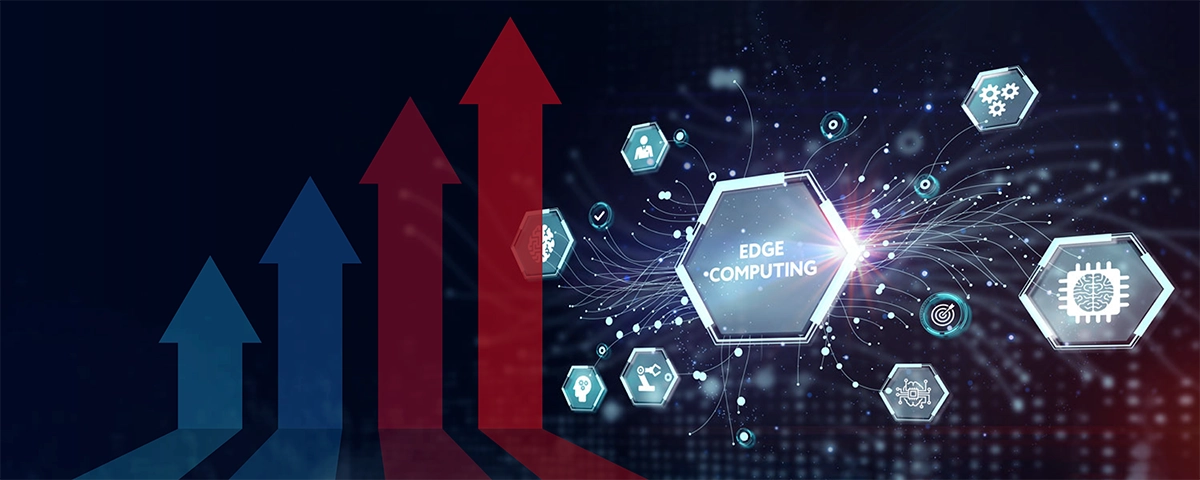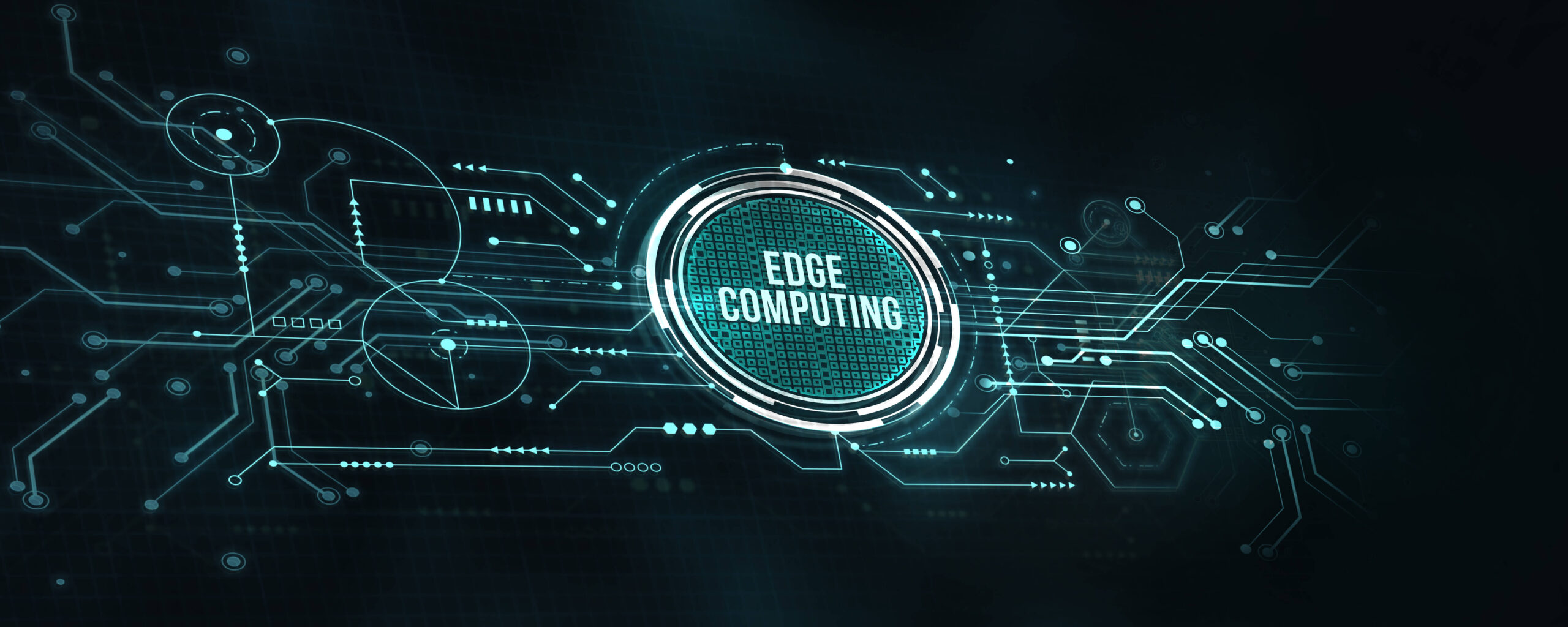Edge computing is a rapidly growing market that has gained significant attention in recent years. It refers to the practice of processing data at the edge of the network, rather than sending it to a centralised data centre or cloud for analysis. This approach has gained traction due to the proliferation of IoT devices and the need for faster processing and response times. In this blog, we will explore the current state of the edge computing market and its future potential.
Growing demand
According to a recent report by MarketsandMarkets, the global edge computing market size is expected to grow from $3.6 billion in 2020 to $15.7 billion by 2025, at a Compound Annual Growth Rate (CAGR) of 34.1%. The growth in the market is driven by the increasing demand for low-latency processing and real-time analytics, as well as the rise in the number of connected devices.
One of the primary drivers of the edge computing market is the increasing adoption of IoT devices. These devices generate a massive amount of data, which needs to be processed and analysed in real-time to enable faster decision-making. Edge computing enables this by allowing data to be processed locally, near the source, rather than sending it to a centralised data centre or cloud. This reduces the latency and enables faster response times, which is critical for applications such as autonomous vehicles, industrial automation, and smart cities.
Another significant trend driving the edge computing market is the rise of 5G networks. 5G offers faster speeds, lower latency, and greater reliability than its predecessors, which makes it an ideal technology for edge computing applications. 5G networks enable real-time communication between devices, which is essential for applications such as remote surgery, autonomous vehicles, and smart factories.
The edge computing market is also benefiting from the increasing demand for cloud computing services. Cloud computing has become an essential technology for businesses, providing them with scalable, cost-effective, and flexible computing resources. Edge computing complements cloud computing by providing localised processing capabilities that enable faster response times and lower latencies. This makes it an attractive option for businesses that need to process data in real-time.
Industry applications
In terms of industries, the edge computing market is expected to grow across a range of sectors.
In the industrial sector, edge computing is transforming the way manufacturing and other industrial processes are carried out. By providing real-time data analysis, edge computing is enabling more efficient and productive operations, reducing downtime, and improving overall performance. Edge computing is also making it possible to implement predictive maintenance programs, reducing the risk of equipment failures and unplanned downtime.
In the healthcare sector, edge computing is helping to improve patient outcomes and reduce costs. By enabling real-time monitoring of patients, healthcare providers can respond more quickly to changes in patient conditions, reducing the need for hospital readmissions and emergency visits. Edge computing is also making it possible to deliver telemedicine services, allowing patients to access healthcare services remotely.
In the retail sector, edge computing is enabling more personalised and efficient customer experiences. By processing data in real-time, retailers can offer customised recommendations to customers, based on their past purchases and preferences. Edge computing is also making it possible to implement smart inventory management systems, reducing the risk of out-of-stock items and improving overall efficiency.

In the transportation sector, edge computing is improving safety and efficiency. By enabling real-time data processing, edge computing is making it possible to implement smart traffic management systems, reducing congestion and improving traffic flow. Edge computing is also enabling the development of autonomous vehicles, which are expected to revolutionise the way people and goods are transported.
In the energy sector, edge computing is helping to optimise energy production and distribution. By processing data in real-time, edge computing is making it possible to manage energy resources more efficiently, reducing waste and improving overall performance. Edge computing is also making it possible to implement smart grid systems, enabling the integration of renewable energy sources and reducing the carbon footprint of energy production.
Overall, the potential applications of edge computing are vast and varied, and the market is expected to continue its growth trajectory in the coming years. With the increasing demand for real-time data processing and analysis, edge computing is poised to become an essential technology for businesses across a range of industries.
The role of micro data centres
Micro data centres are playing an essential role in the growth of edge computing, as they enable businesses to process data locally and at the edge of the network. These compact data centres can be deployed in remote locations, such as factories or warehouses, or at the edge of the network, enabling real-time processing and reducing the latency caused by sending data to a centralised location.
Micro data centres are also highly scalable, allowing businesses to expand their computing resources as their needs grow. As more businesses recognise the benefits of edge computing, the demand for micro data centres is expected to increase, driving the growth of the edge computing market.
Conclusion
The edge computing market is rapidly growing, driven by the increasing adoption of IoT devices, the rise of 5G networks, and the demand for real-time processing and analytics. As more businesses look to leverage the benefits of edge computing, the market is expected to continue its growth trajectory. With its potential to enable faster decision-making, improve operational efficiency, and drive innovation, the future looks bright for edge computing.
Our range of edge-ready micro data centres has been designed for stress-free edge deployments and is suited to most industries and environments. Have a look at our range of indoor micro data centres, outdoor micro data centres, and containerised solutions – or get in touch to find out how we can help you solve your edge computing challenges.






